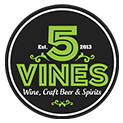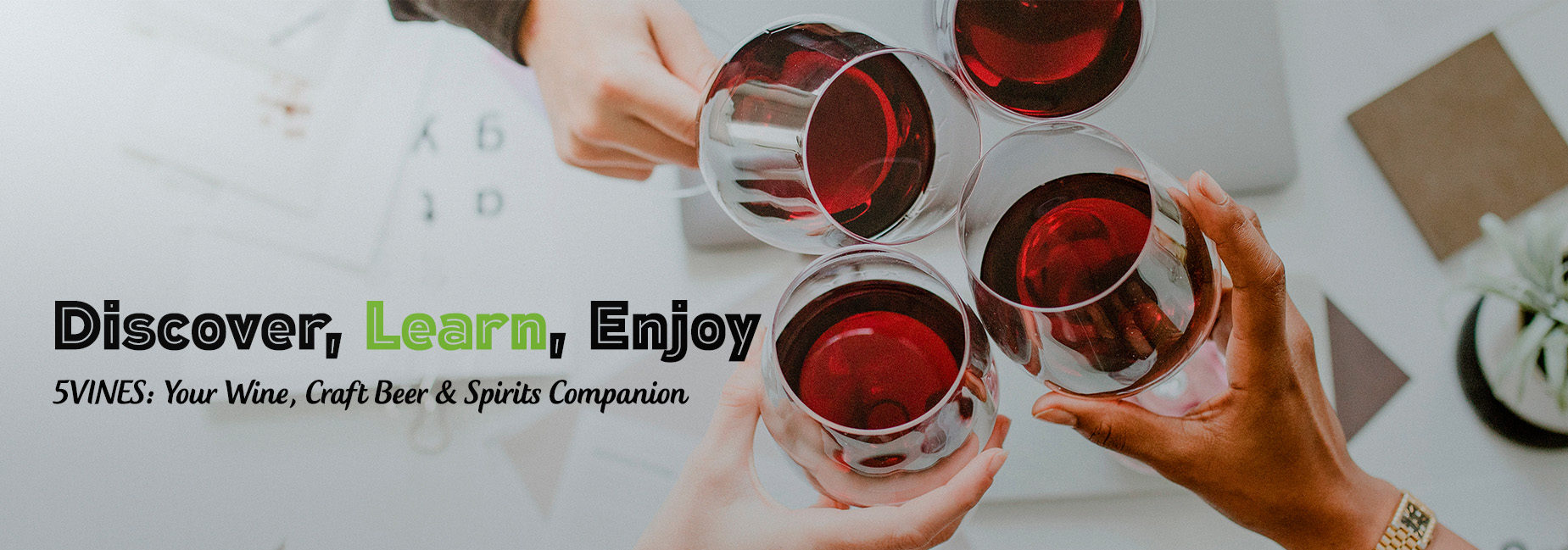Cheers to the bubbly!

As the holiday season approaches, it’s time to pop the cork on some festive fizz. From the classic Champagne to the delightful Prosecco, there’s a sparkling wine for every palate. Let’s dive into the world of bubbly and explore some other delicious dessert wines that can elevate your holiday celebrations.
HOW TO CHOOSE THE PERFECT SPARKLING WINE
With a seemingly endless array of sparkling wines on the market, selecting the ideal bottle can feel daunting. However, by considering a few key factors, you can confidently choose a sparkling wine that perfectly complements your occasion and taste preferences.
Understanding the Basics
- Sweetness Levels: Sparkling wines range from bone-dry to lusciously sweet. Here’s a quick breakdown:
- Brut Nature: The driest style, with minimal added sugar.
- Extra Brut: Slightly sweeter than Brut Nature.
- Brut: The most common style, with a touch of sweetness.
- Extra Dry: More sweetness than Brut.
- Sec: Sweet.
- Demi-Sec: Moderately sweet.
- Doux: Very sweet.
- Grape Varieties: Different grape varieties contribute unique flavors and aromas to sparkling wine.
- Chardonnay: Offers citrusy, apple, and sometimes toasty notes.
- Pinot Noir: Provides red fruit flavors like strawberry and raspberry, as well as earthy undertones.
- Pinot Meunier: Contributes red berry and spice flavors.
Choosing the Right Wine for the Occasion
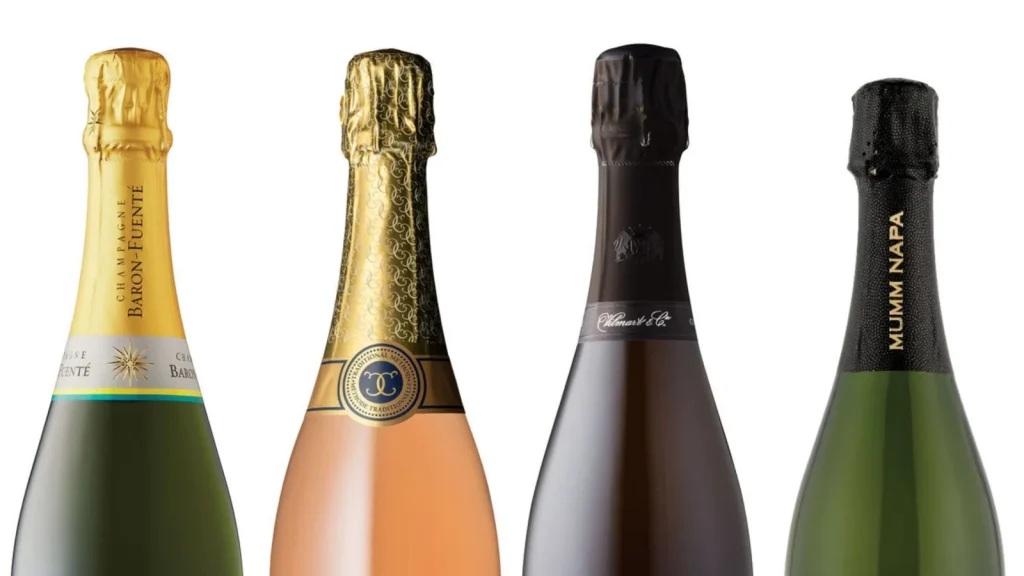
Image courtesy of Torontolife.com
- Celebrations: A high-quality Champagne or a well-aged Franciacorta can elevate any special occasion.
- Casual Gatherings: A versatile Prosecco or Cava is perfect for relaxed social settings.
- Food Pairings:
- Dry Sparkling Wines: Pair well with seafood, poultry, and light salads.
- Sweet Sparkling Wines: Complement desserts like fruit tarts and chocolate truffles.
- Rosé Sparkling Wines: Versatile and pair well with a wide range of foods, including grilled meats, spicy dishes, and cheeses.
Tips for Selecting the Perfect Bottle
- Read the Label: Pay attention to the producer, region, grape variety, and sweetness level.
- Consider the Occasion: Choose a wine that matches the mood and atmosphere.
- Taste and Experiment: Don’t be afraid to try different styles and find your personal favourite.
- Consult a Sommelier: If you’re unsure, seek expert advice.
- Store Properly: Keep sparkling wine in a cool, dark place to preserve its freshness.
CHAMPAGNE: THE GRAND DAME OF SPARKLING WINES

Image courtesy of Decanter Magazine
Hailing from the prestigious Champagne region of France, Champagne is the epitome of elegance. Its distinctive taste, characterized by fine bubbles, complex aromas, and a crisp finish, is the result of the méthode champenoise production process. This meticulous method involves a second fermentation in the bottle, creating those iconic bubbles.
What is the Traditional Method/Methode Champenoise? (Shawm-peng-was)
The Méthode Champenoise is a specific wine making process that involves a second fermentation in the bottle, creating sparkling wine’s characteristic bubbles and complex flavours.
Here’s a simplified breakdown:
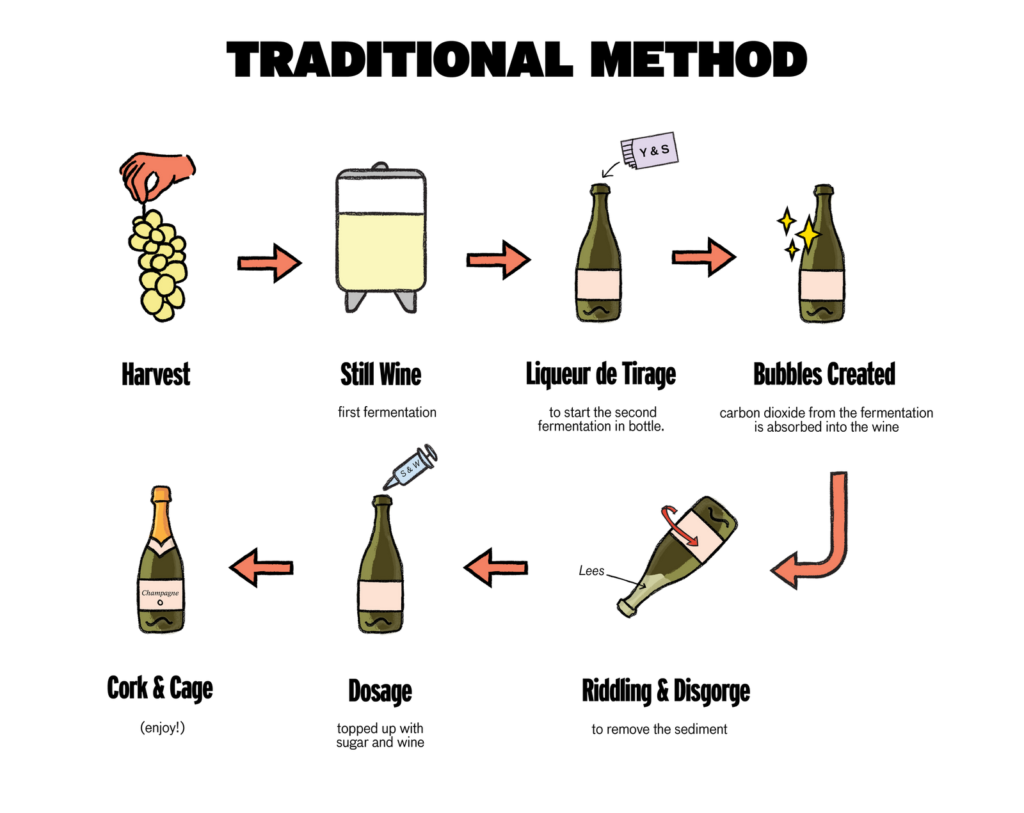
Image courtesy of goodpairdays.com
- Base Wine Production: Still wine is made from grapes.
- Blending: Wines are blended for consistency.
- Second Fermentation: Sugar and yeast are added to the bottle, creating CO2 bubbles.
- Aging: Bottles are aged on their sides to develop flavour.
- Riddling: Yeast sediment is moved to the bottle neck.
- Disgorgement: The yeast is removed.
- Dosage: A small amount of liqueur is added to adjust sweetness.
- Corking: The bottle is corked and sealed.
This meticulous process results in high-quality sparkling wines with fine bubbles and complex flavours. While traditionally associated with Champagne, it’s used to produce sparkling wines in other regions as well.
Grapes used: Chardonnay, Pinot Noir, and Pinot Meunier.
Price Range: $40-$200+
PROSECCO: THE BUBBLY BFF
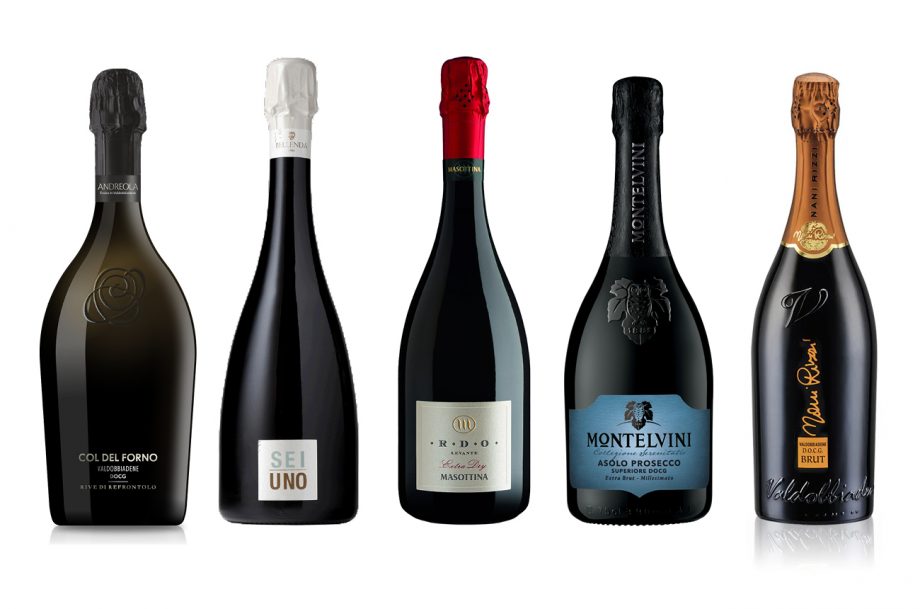
Image courtesy of Decanter magazine
Prosecco, the more laid-back cousin of Champagne, hails from the Veneto region of Italy. Known for its fruity flavours, lower alcohol content, and affordability, Prosecco is a crowd-pleaser. Whether it’s a spritz, a Bellini, or a simple glass of Prosecco, this bubbly delight is always a good choice.
But how it is made?
The tank method, also known as Charmat or Cuve close, is a more efficient way to produce sparkling wine, especially Prosecco.
Here’s a simplified breakdown:
- Base Wine Production: Still wine is made.
- Blending: Wines are blended.
- Second Fermentation in Tanks: Sugar and yeast are added to large tanks, creating CO2 bubbles.
- Aging: Wine ages in the tank.
- Filtration and Bottling: Wine is filtered and bottled under pressure.
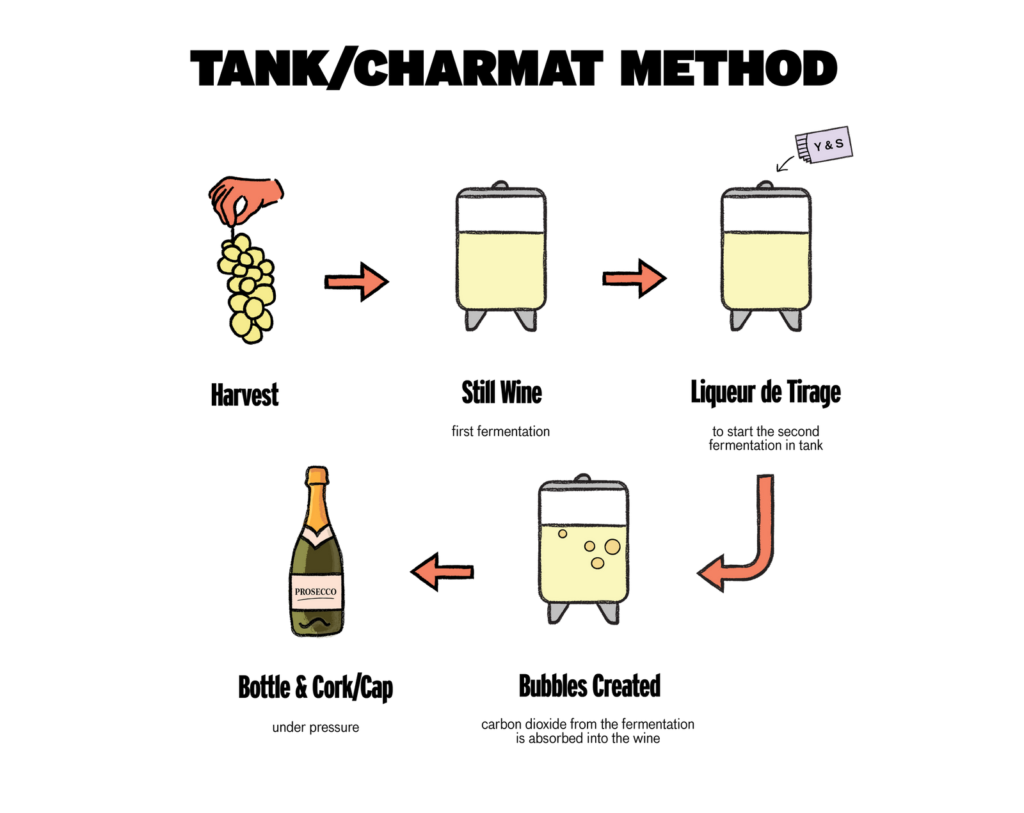
Image courtesy of goodpairdays.com
The tank method is faster and more cost-effective, producing wines with a fresher, fruitier character.
Grapes used: Glera.
Price Range: $15-$30+
CAVA: SPAIN’S SPARKLING SURPRISE
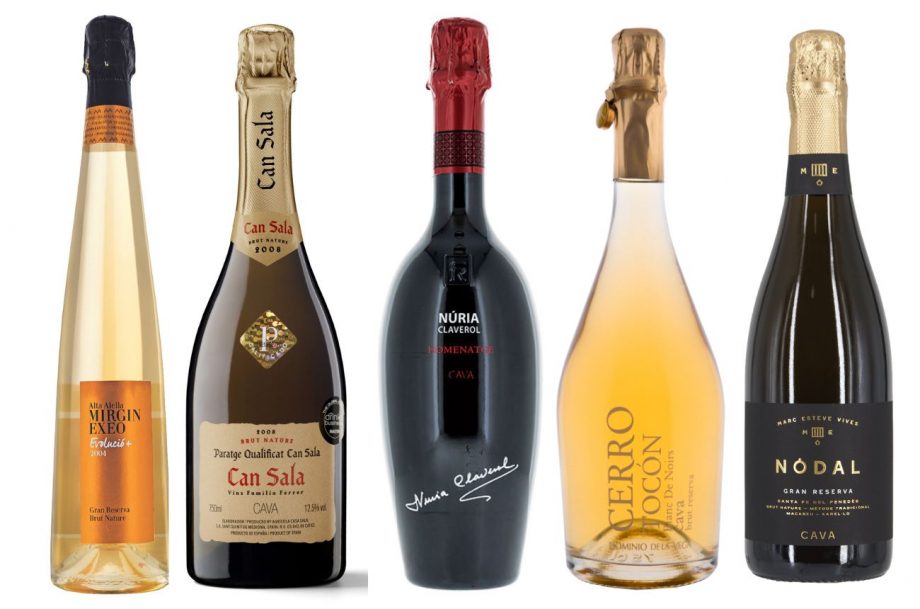
Image courtesy of Decanter magazine
Cava, Spain’s answer to Champagne, is produced in the Penedès region of Catalonia. Similar to Champagne, Cava is made using the méthode traditionnelle method, resulting in a complex and elegant wine. With a wide range of styles, from dry to sweet, Cava offers something for everyone.
Production Method: Methode Traditionelle
Grapes: Macabeo, Xarel-lo, and Parellada.
Price Range: $15-$40+
OTHER SPARKLING WONDERS
Beyond Champagne, Prosecco, and Cava, there are many other sparkling wines from around the world worth exploring:
Sparkling Wine from Australia and New Zealand: These countries produce a wide range of sparkling wines, from affordable bubbles to high-end cuvées.
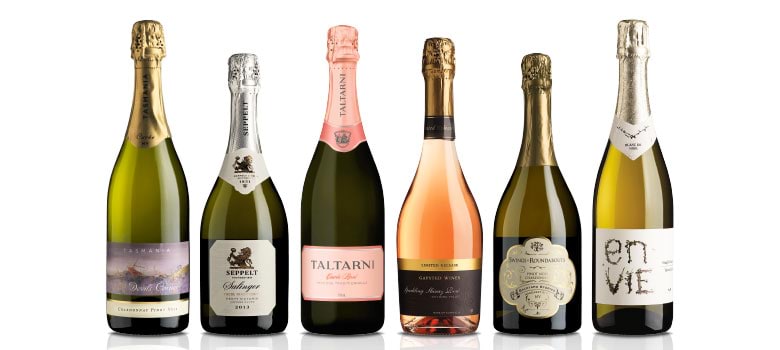
Image courtesy of wineselectors.com.au
Grapes: Chardonnay, Pinot Noir, and various local varieties. Price Range: $15-$100+
Crémant: These French sparkling wines, produced outside the Champagne region, offer excellent quality at a more affordable price. Grapes: Pinot Noir, Chardonnay, and Chenin Blanc. Price Range: $20-$40
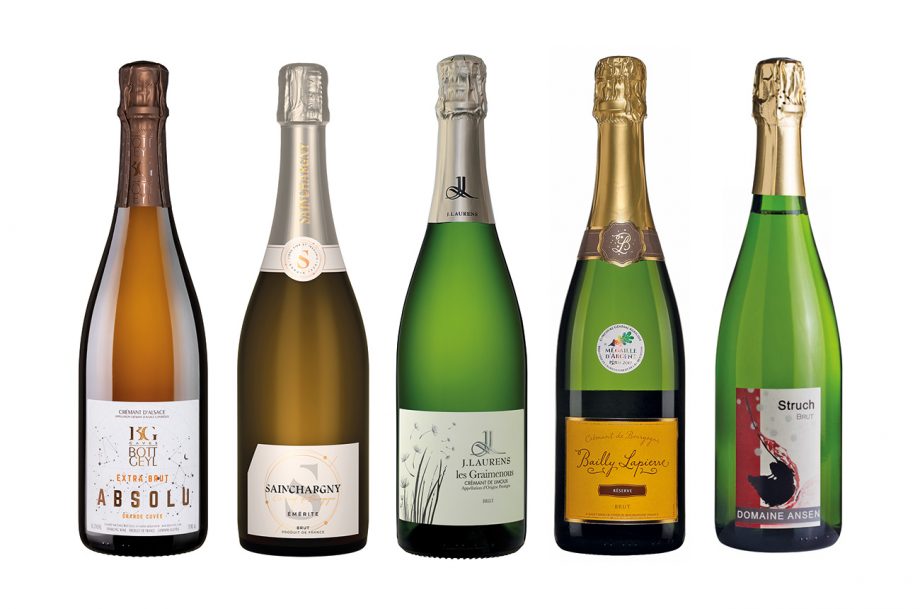
Image courtesy of decanter.com
Franciacorta: This Italian sparkling wine (fran-she-a-court-a), made in the Lombardy region, is often compared to Champagne for its complexity and elegance. Grapes: Chardonnay, Pinot Noir, and Pinot Bianco. Price Range: $30-$60

Image courtesy of leclubdesvins.nl
DESSERT WINE DELIGHTS: A SWEET ENDING
No holiday feast is complete without a decadent dessert wine. Here are a few of our favourites:
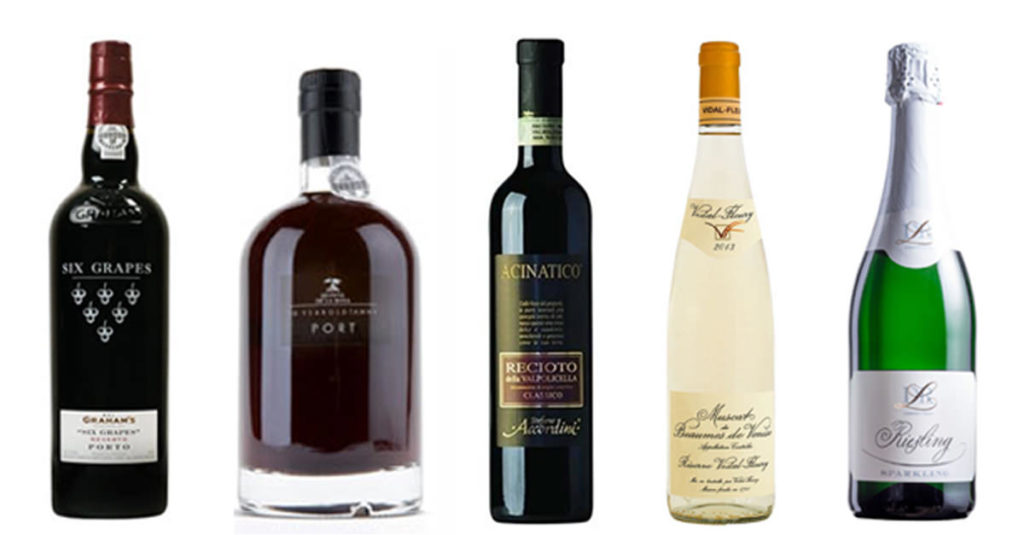
Image courtesy of vinepairs.com
- Port: This fortified wine from Portugal is a classic choice for dessert. Its rich, sweet flavors and high alcohol content make it a perfect pairing with cheese, chocolate, or nuts. Grapes: Touriga Nacional, Tinta Barroca, Tinta Cão, and others. Price Range: $20-$100+
- Sauternes: This luscious sweet wine from Bordeaux, France, is made from grapes affected by noble rot. Its honeyed flavors and rich texture make it a delightful dessert wine. Grapes: Sémillon, Sauvignon Blanc. Price Range: $30-$100+
- Sherry: This versatile wine from Spain can be enjoyed as an aperitif, a dessert wine, or even a cooking ingredient. Its complex flavors and wide range of styles make it a fascinating drink to explore. Grapes: Palomino Fino, Pedro Ximénez, and Moscatel. Price Range: $10-$50
A Fun Quiz: Test Your Bubbly Knowledge
1. What is the traditional method used to produce Champagne and Cava?
- Méthode Champenoise/Méthode Traditionnelle
2. Which Italian region is famous for producing Prosecco?
- Veneto
3. What are the three main grape varieties used in Champagne?
- Chardonnay, Pinot Noir, and Pinot Meunier
4. What is the name of the sweet wine from Bordeaux, France, often affected by noble rot?
- Sauternes
5. Which fortified wine from Portugal is a classic dessert wine?
- Port
6. What is the primary grape variety used in Prosecco production?
- Glera

Summary: It’s time to elevate your celebrations with the perfect bubbly. From the iconic Champagne to the versatile Prosecco, there’s a sparkling wine to suit every palate. Dive into the world of fizz and discover a range of delicious dessert wines to enhance your holiday cheer. Whether you’re toasting to a special occasion or simply enjoying a quiet evening, the world of sparkling wine offers endless possibilities. So, pop the cork, raise a glass, and let the festivities begin!
Now, you know what to do!
The 5VINES Team
